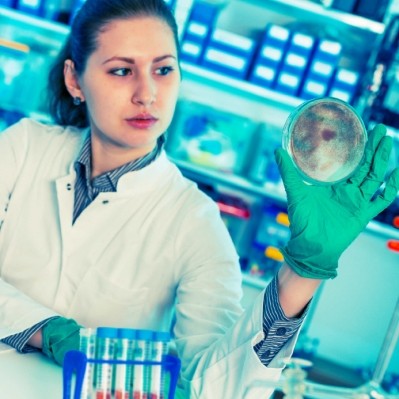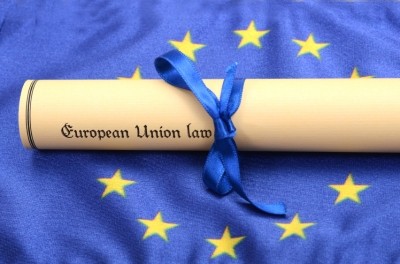Dioxins, PCBs, metals still at "safe" levels, UK regulator says
of foods and offals remain at levels considered safe in the EU,
according to three scientific surveys published yesterday by the
UK's regulator.
However some samples were found to have higher levels than thought to be safe, a worrying sign for consumers worried about the level of contaminants in their foods.
The surveys were done to provide information as part of the Food Standards Agency (FSA) monitoring programme on contaminants, and will provide evidence for a European Commission review of dioxin and PCB limits due in 2008.
EU members will all contribute to the the review, part of the bloc's monitoring programme to ensure the safety of the food supply chain. The EU monitoring programme could potentially lead to even more safety requirements being placed on primary producers and processors of contaminants such as dioxins and PCBs continue to show up in foods.
The monitoring programme was sparked off by the major contamination incident in Belgium during 1999, when contaminated animal fat was incorporated into animal feed, leading to high concentrations of dioxins and dioxin-like PCBs in some animal products in several EU member states.
In 2001, as a result of evidence indicating the potential for dioxins and dioxin-like PCBs to cause developmental effects in the growing foetus, an EU scientific committee recommended setting lower limits for these chemicals, but acknowledged that the average dietary intakes of a significant proportion of consumers in the EU exceeded it.
As a result the EU set maximum limits and action levels for dioxins with the aim of removing the most contaminated foods from the market and identifying possible problem areas, thereby reducing dietary exposure. The limits and action levels will be extended to incorporate dioxin-like PCBs from November 2006.
In the survey of dioxins and PCBs in a variety of foods sold at the retail level the FSA found that for 139 of the 142 samples were within the limits set by the EU, where those foods were covered by current guidelines.
"However, when the total amount of dioxins and PCBs people are likely to eat in their food is taken into account, the results do not cause health concerns," the FSA stated in publishing the study.
Two samples of hen eggs, one organic, one free range, contained dioxins above the current limit. The suppliers have been notified, the FSA stated.
Raised levels of dioxins have been reported in free range and organic eggs by a number of member states.
This may result from greater exposure of free-ranging birds to dioxins and PCBs in soil contaminated with low levels of dioxins as a result of the use of chlorinated pesticides or various combustion activities in the past, the FSA stated.
Until 1 January 2005, semi-free and free range eggs were exempted from the maximum permissible level. However, this no longer applies and producers must now take action to meet the regulatory limits.
One sample of lamb contained dioxins above what the FSA labels as the "current action level". The action level is not a regulatory limit but is an indicator that the level found is higher than normal.
Three other food samples not covered by EU limits were also found to contain high levels of dioxins. Two samples of pheasant contained dioxins above the current limit for poultry and farmed game. The FSA noted that it is unlikely that the limit for poultry is applicable since pheasant spend much of their life ranging free and eating a non-controlled diet.
One sample of duck eggs contained dioxins above the maximum limit currently applicable only to hen eggs.
"In the event that the Commission were to propose extending the regulation to cover other types of eggs, this result will be used to highlight the need for further data before agreeing a maximum level," the FSA stated.
The Commission plans to review the dioxin and PCB limits in 2008. In order to obtain sufficient data representative of current levels in food, the Commission has issued two recommendations to member states to conduct testing of nationally produced foods. The FSA has been carrying out additional monitoring since 2003.
The other two FSA surveys focused on offals, the edible internal parts of an animal, such as liver, kidney, heart, tongue, tripe and sweetbreads. Offal products include pâté, black pudding and haggis. Offal is usually eaten in smaller quantities and less often than other types of meat.
One of the surveys examined the levels of various metals and other elements, including aluminium, arsenic, cadmium, chromium, copper and iron in 165 offal and offal product samples. Higher levels of copper and iron were found in some liver samples.
"However, these levels pose very little risk to human health since liver tends to be eaten in small amounts compared with other meats." the FSA stated.
In the second survey of offal and offal products, 173 retail samples were analysed for dioxins and PCBs.
Levels were generally low, although higher concentrations of dioxins were found in liver samples from lamb and venison, with some results above the current dioxin limit for lamb liver, the FSA stated.
"However, taking into account the overall levels of dioxin in the diet and the amount of liver people eat, this is not a concern for consumers' health," the FSA stated.





